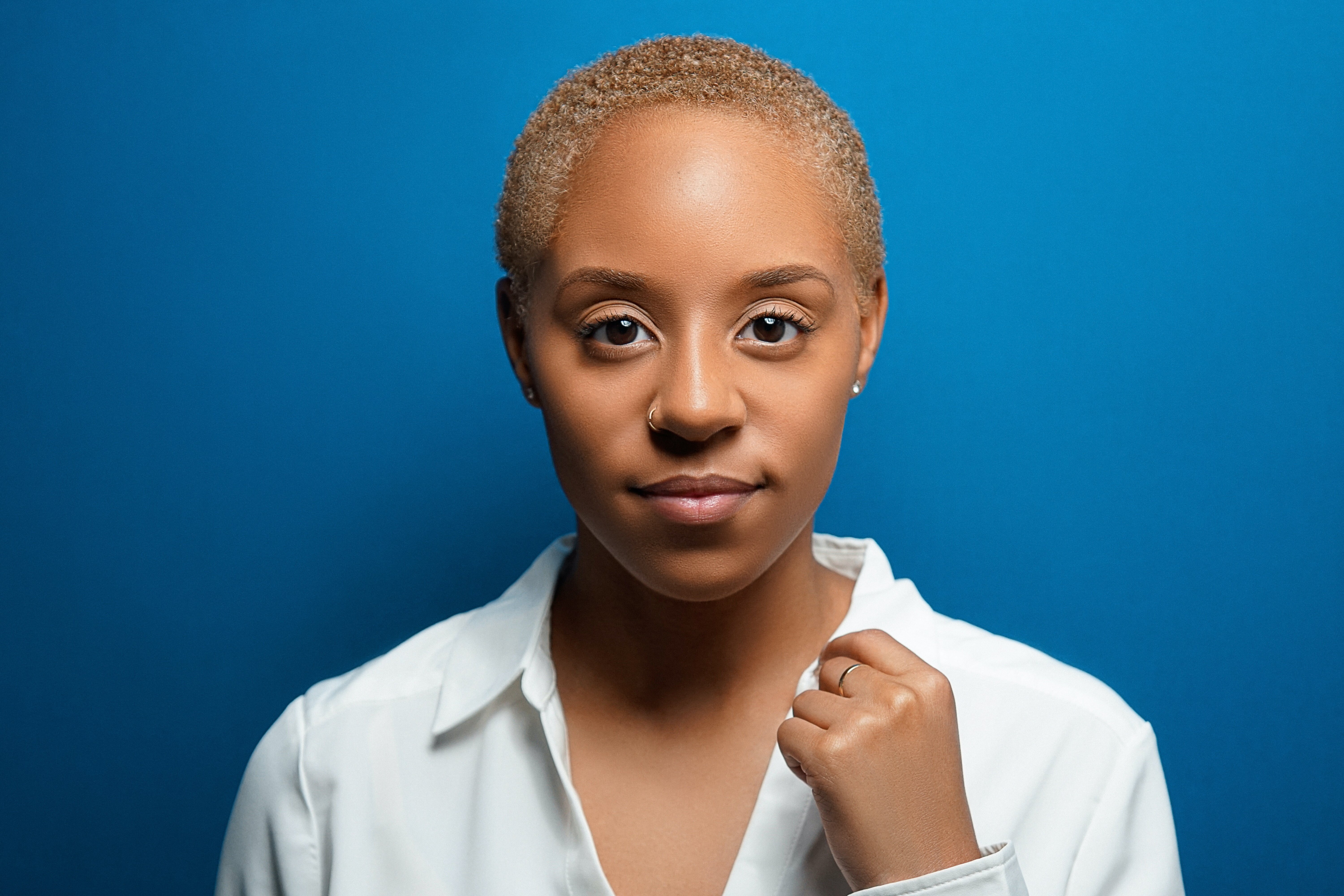AI-Generated Headshots A Cost-Effective Alternative to Traditional Portrait Photography in 2024

I’ve been tracking the rapid evolution of synthetic media, particularly as it intersects with professional presentation. It’s fascinating to observe how quickly the tooling for digital identity creation has shifted from requiring specialized studio time to something achievable with a few dozen source images uploaded to a cloud service. When you consider the friction points involved in traditional portrait photography—scheduling conflicts, location scouting, retouching timelines, and the associated costs—the emergence of high-fidelity AI-generated headshots presents a genuine computational challenge to established norms.
My initial skepticism centered on authenticity; could a machine truly capture the necessary gravitas or approachability required for a professional image? After running several comparative tests across various commercial generation platforms, the output quality, especially concerning lighting consistency and subtle facial geometry, has moved past the uncanny valley for many corporate and technical profiles. Let’s examine the mechanics of why this shift is happening now, focusing strictly on the economic and technical viability as of late this year.
The cost differential is stark when you map out the typical expenditure for a professional studio session versus the current pricing structure for generative models. A traditional headshot session in a major metropolitan area often starts north of $400, sometimes easily exceeding $800 once usage rights and multiple retouches are factored into the invoice.
This covers maybe two finalized looks, assuming the photographer’s schedule aligns with yours during daylight hours or studio availability.
Contrast that with current model pricing, which often operates on a per-generation fee or a relatively low flat rate for a batch of 100-200 synthetic images based on a user-provided input set.
The computational overhead for the provider is amortized across thousands of users, driving the marginal cost per user down toward near zero for the service provider, which translates directly into massive consumer savings.
Furthermore, the speed of iteration is unmatched; if a specific blazer color or background setting isn't quite right, generating fifty variations takes minutes, not days waiting for a proofing gallery review.
This immediate feedback loop, absent in chemical or optical photography, changes the user’s relationship with their own professional image representation.
I notice that many engineers and researchers, myself included, value rapid prototyping in their personal branding just as much as in their code.
The necessity of having specific aspect ratios or file types for different platforms (LinkedIn, internal directories, academic papers) is instantly met by the AI tools, which often export in optimized formats without manual resizing.
This isn't just about being cheaper; it’s about reducing the administrative drag associated with maintaining a current, platform-appropriate professional facade across disparate digital venues.
It forces us to ask: if the visual outcome is statistically indistinguishable from a high-quality studio shot, what exactly are we paying the premium for in the analog process?
The technical hurdle used to be realism, but now the barrier is simply access to sufficient, high-quality input data—around twenty well-lit, varied facial photographs are usually the requirement to seed the model effectively.
The primary technical advantage of the AI approach lies in its control over environmental variables that are notoriously difficult to standardize in physical photography. Think about controlling the exact angle of key light, the color temperature of the ambient fill, or ensuring the background bokeh remains perfectly consistent across all outputs.
In a traditional setup, achieving perfect consistency across ten separate sessions, perhaps shot months apart for different team members, is a logistical nightmare requiring meticulous coordination with a single photographer.
With generative methods, you define the desired lighting schematic once—say, "soft Rembrandt lighting, 3200 Kelvin"—and the system applies that precise photometric model to every subsequent output, irrespective of when or where the source images were captured.
This level of deterministic control over image characteristics moves the process from the realm of art direction into applied mathematics, which is a domain where computational methods excel without fatigue.
Moreover, the ability to enforce strict stylistic uniformity across an entire organization’s leadership team, which might be distributed globally and use different local photographers, becomes trivially simple via prompt engineering.
If the board mandates a specific shade of blue in the background gradient next quarter, it's a text adjustment, not a studio rescheduling nightmare involving travel logistics for twenty executives.
I’ve also observed that the perceived "risk" of a bad photo day—a late night, a bad haircut—is entirely mitigated because you are working with a probabilistic representation, not a single captured moment in time.
The system effectively averages out the momentary imperfections inherent in human capture.
We are effectively moving from capturing light to synthesizing appearance based on learned statistical distributions of what a "good professional headshot" looks like in the current cultural context.
It allows for rapid A/B testing of personal presentation, something photographers rarely offer due to the time investment required for manual processing.
This computational plasticity suggests that the utility curve for synthetic imagery in this specific application is rapidly overtaking the traditional method purely on grounds of efficiency and control fidelity.
More Posts from kahma.io:
- →The Hidden Impact of Stress on Men's Dating Profile Photos A 2024 Analysis
- →7 Facts About AI Art Navigating the Landscape of Machine Creativity
- →Exploring the Subtle Signs An In-Depth Look into Detecting AI-Generated Headshots
- →7 Fascinating Insights into the Emerging Trend of Online Dating Without Photos
- →The Evolution of AI-Generated Headshots A 2024 Perspective on Authenticity and Approachability
- →The Psychology Behind Successful Dating Profile Pictures What Science Says